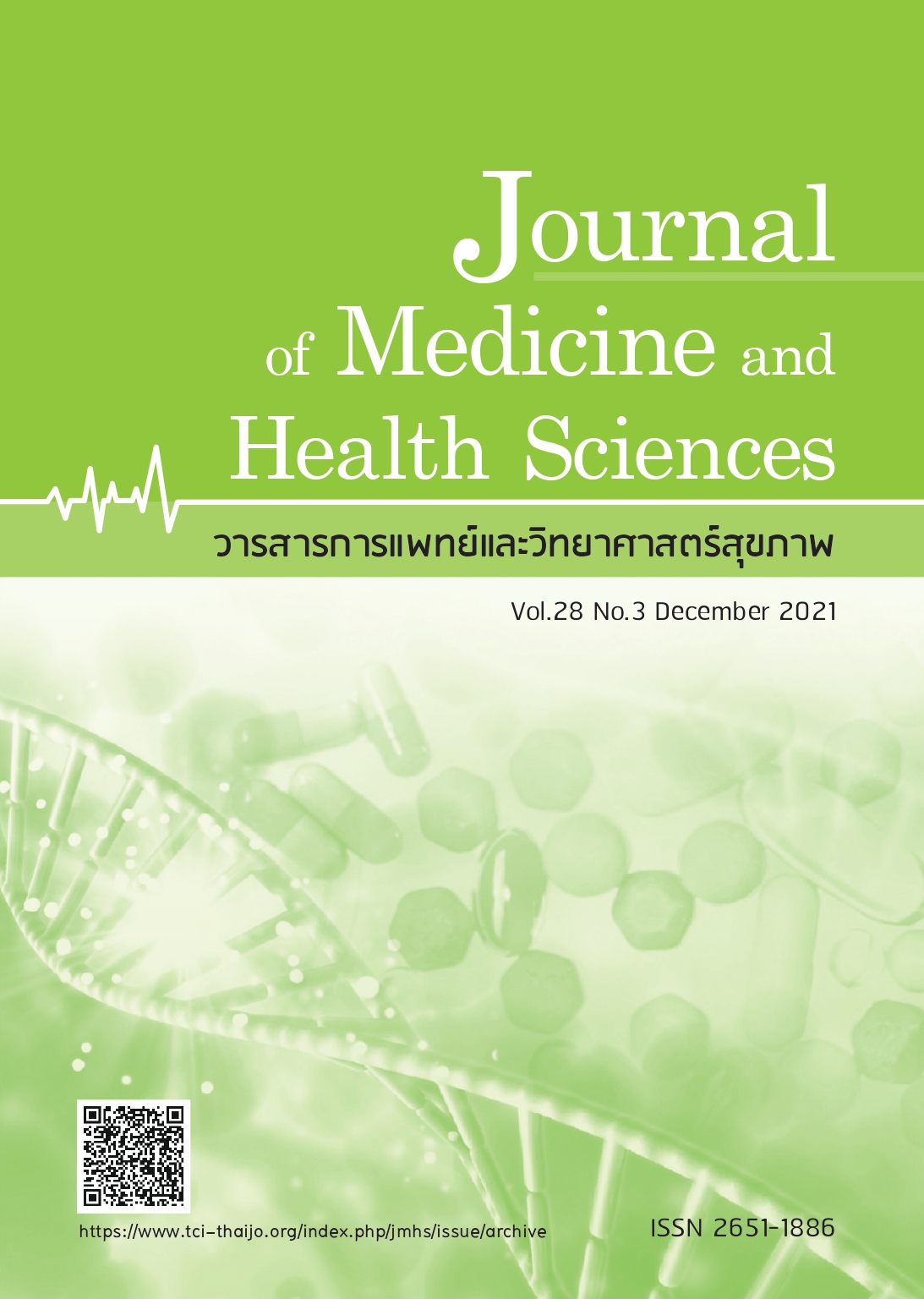Mechanisms of vasorelaxation induced by Quercetin from Anaxagorea luzonensis A. Grey in the rat aorta
Keywords:
Anaxagorea luzonensis, quercetin, vasorelaxation, endothelium, K channels, Ca2 influxAbstract
Abstract
The aim of the present study was to study the vasorelaxant effects of quercetin from Anaxagorea luzonensis and its underlying mechanisms in the aortas of rats. Quercetin (1-100 µM) induced concentration-dependent vasorelaxations were reduced by endothelial denudation, and 300 µM NG-nitro-L-arginine methyl ester (L-NAME), but not 10 µM indomethacin. After raising the extracellular KCl concentration to 60 mM inhibited vasorelaxant responses to quercetin. Moreover, the responses to quercetin were inhibited by 5 mM tetraethyammonium, 30 µM barium chloride, and 10 µM glibenclamide, but not 1 mM 4-aminopyridine. Pre-incubation with quercetin (1-100 µM) inhibited the contractions induced by CaCl2 and methoxamine. The present findings demonstrated that in the rat isolated aorta, that vasorelaxant responses to quercetin were mediated in part via Nitric Oxide dependent pathways. Moreover, the activation of KIR, K Ca, K ATP channels seemed to play a role in quercetin-induced responses. Interestingly, the inhibition of extracellular Ca2+ influx is largely involved in the action of quercetin.
References
2. Gonda R, Takeda T, Akiyama T. Studies on the constituents of Anaxagorea luzonensis A. GRAY. Chem Pharm Bull (Tokyo) 2000; 48:1219-22.
3. Kitaoka M, Kadokawa H, Sugano M, et al. Prenylflavonoids: a new class of nonsteroidal phytoestrogen (Part 1). Isolation of 8-isopentenylnaringenin and an initial study on its structure-activity relationship. Planta Med 1998;64:511-5.
4. Tep-areenan P, Sawasdee P. The vasorelaxant effects of Anaxagorea luzonensis A. Grey in the rat aorta. Int J Pharmacol 2011;7:119-24.
5. Sabphon C, Sermboonpaisarn T, Sawasdee P. Cholinesterase inhibitory activities of xanthones from Anaxagorea luzonensis A. Gray. J Med Plants Res 2012;6:3781-5.
6. Sabphon C, Temkitthawon P, Ingkaninan K. et al. Phosphodiesterase inhibitory activity of the flavonoids and xanthones from Anaxagorea luzonensis, Nat Prod Commun 2015;10(2):301-3.
7. Tep-areenan P, Kendall DA, Randall MD. Mechanisms of vasorelaxation to testosterone in the rat aorta. Eur J Pharmacol 2003;465:125-32.
8. Vanhoutte PM. Endothelial dysfunction: the first step toward coronary arteriosclerosis. Circ J 2009;73:595-601.
9. Vanhoutte PM, Shimokawa H, Tang EH, et al. Endothelial dysfunction and vascular disease. Acta Physiol 2009;196:193-222.
10. Jackson WF. Ion channels and vascular tone. Hypertension 2000;35:173-8.
11. Sobey CG. Potassium channel function in vascular disease. Arterioscler Thromb Vasc Biol 2001;21:28-38.
12. Burt RP, Chapple CR and Marshall I. The role of diacylglycerol and activation of protein kinase C in alpha 1 A-adrenoceptormediated contraction to noradrenaline of
rat isolated epididymal vas deferens. Br J Pharmacol 1996;117:224-30.
13. Lyles GA, Birrell C, Banchelli G, et al. Amplification of alpha 1D-adrenoceptor mediated contractions in rat aortic rings partially depolarized with KCl. Pharmacol Res 1998;37:437-54.



